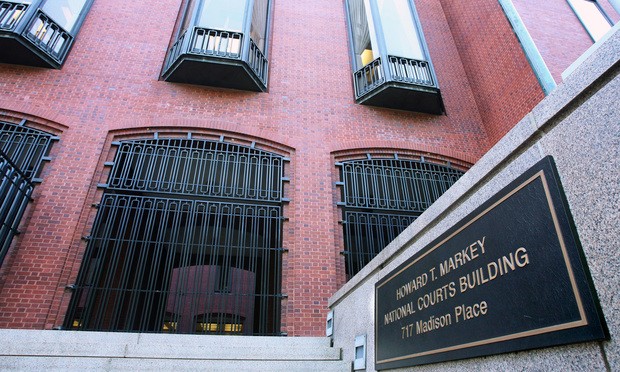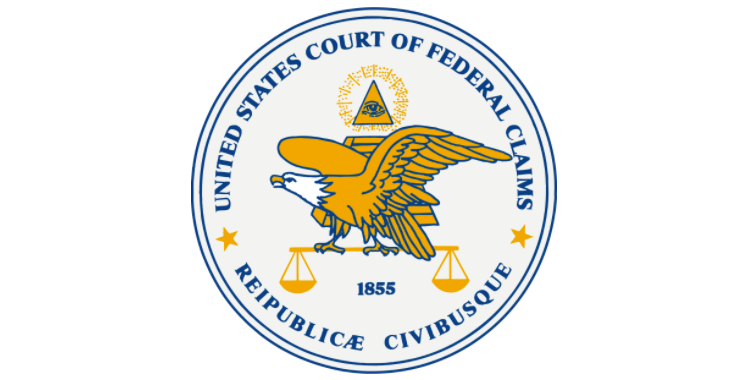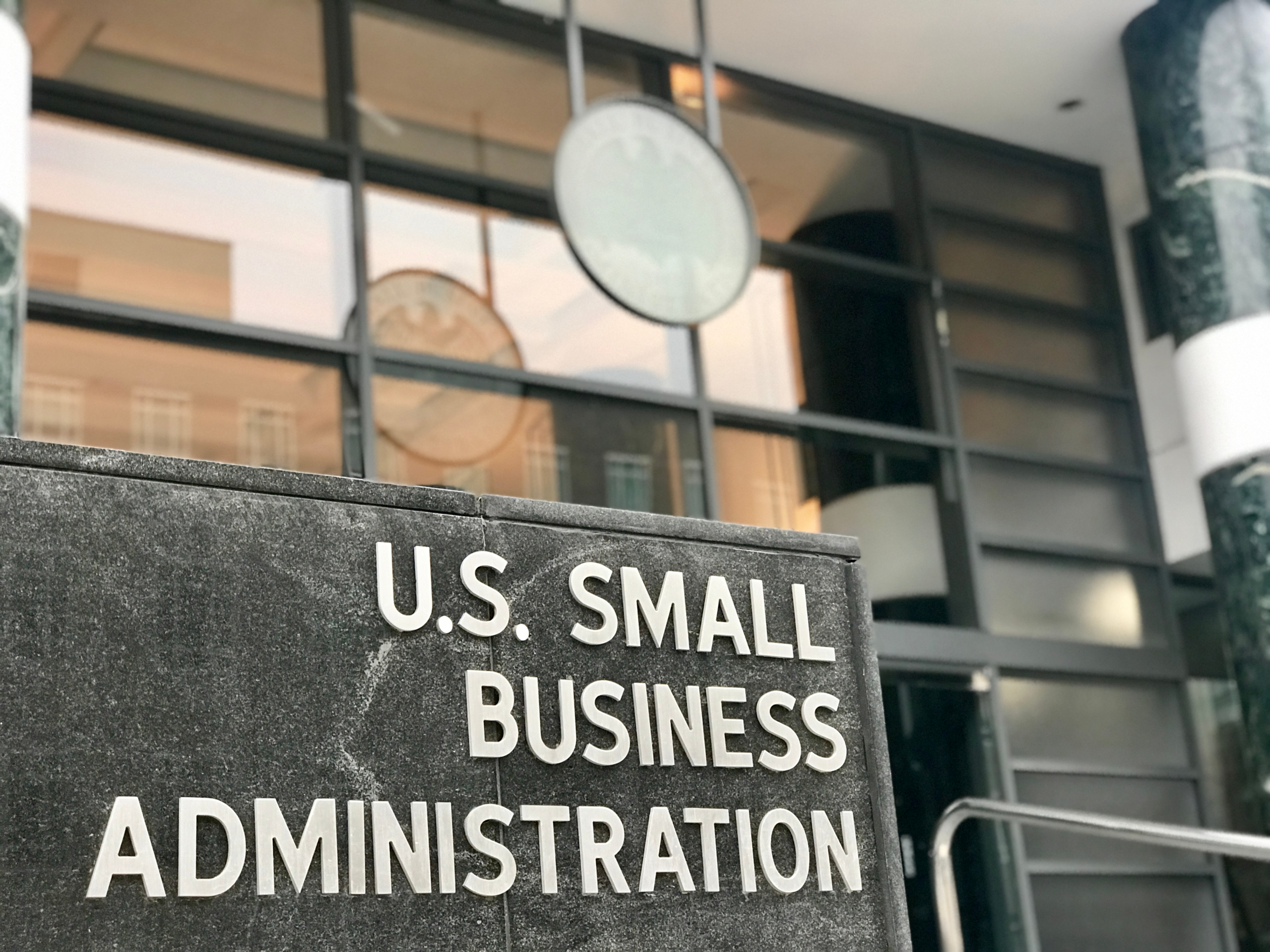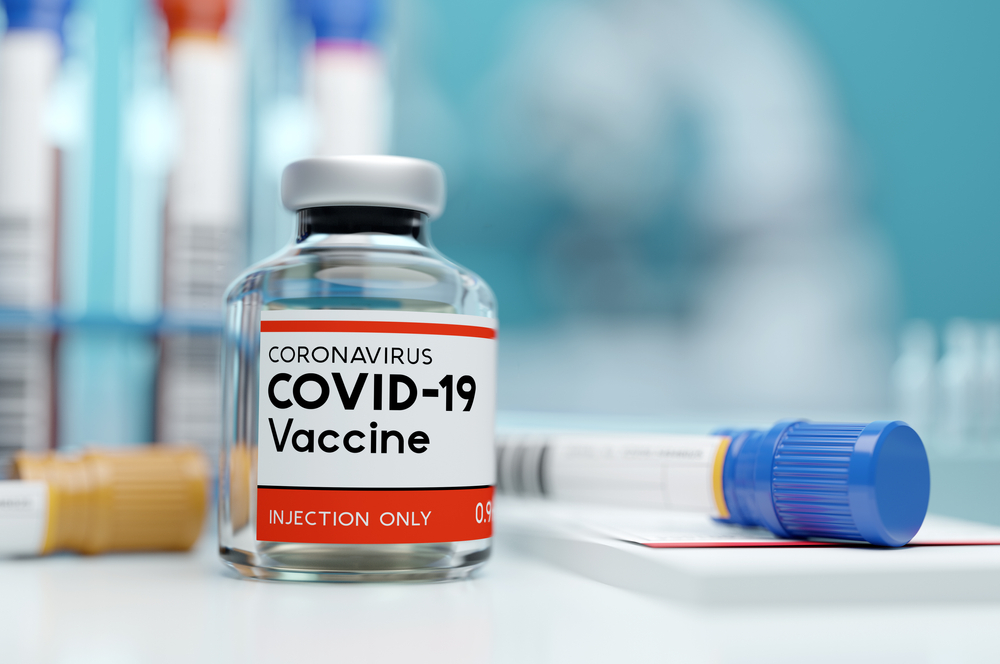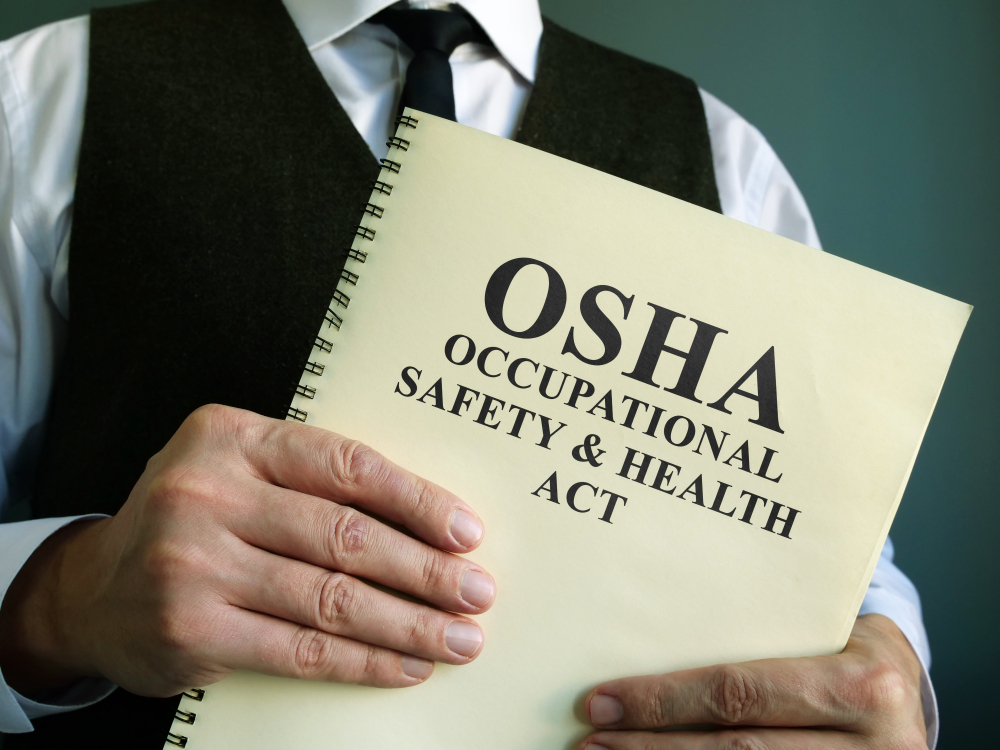November 22, 2021
By Alan Chvotkin
On November 5, the Department of Labor’s Occupational Safety and Health Administration (OSHA) published an Emergency Temporary Standard ( OSHA ETS ) interim final rule, effective on December 6, 2021 except for the vaccination requirement that is effective January 4, 2022.[1] It is generally applicable to all employers who have at any time after the effective date more than 100 employees.
In addition, on September 30, 2021, the FAR Council issued a Class Deviation to require certain federal contractors to adopt policies and take action to vaccinate covered employees working on or in connection with a certain federal contracts or contract-like instruments. The “FAR COVID Procurement Rule” covers both the FAR class deviation as well as the Safer Federal Workforce Guidance documents and Frequently Asked Questions, as updated periodically. The last update to those FAQs was November 10, 2021.
On November 1, the White House issued a statement that the vaccination dates for both the mandate for vaccinations under the FAR COVID Procurement Rule will align with the January 4, 2022 vaccination date in the OSHA ETS rule. The Contractor FAQs were updated on November 11 to align the FAR rule with the OSHA ETS rule.
More than 30 suits have already been filed to challenge the OSHA ETS, with suits filed in every one of the Federal Circuits. However, on November 6, a panel of the 5th Circuit Court of Appeals issued a temporary nation-wide stay of implementation.[2] On November 11, that panel reaffirmed their stay of implementation.[3] On November 16, the Judicial Panel on Multi-District Litigation conducted a “bingo ball” selection to designate the 6th Circuit as the lead federal circuit for addressing this nation-wide litigation.
In addition, dozens of suits have been filed challenging the Biden Executive Orders requiring federal employee and military vaccinations and the FAR COVID procurement rule generally requiring federal contractor employee vaccinations. Most of the cases are still at the complaint stage, although the U.S. District Court for the District of Columbia on November 8[4] denied a TRO request, concluding that the plaintiffs failed to meet any of the circumstances that allow for the issuance of an injunction.
Starting Point for Determining Coverage
For purposes of determining an employer’s coverage, it is best to begin with the question of what and who is covered by the FAR COVID procurement rule. If there is coverage under the FAR rule, there is an exemption from coverage under the OSHA ETS. But not every contractor employee is covered by the FAR rule.
If there is no application of the FAR rule to covered contractors or their covered employees, is there an exemption under the OSHA ETS for any individual or group of employees? If there is an exemption, then the ETS does not apply to that subset of employees.
If there is no exemption for an employee or group of employees, an employer is required to comply with the OSHA ETS requirements.
It is likely that, despite the broad scope of applicability, many of an employer’s workplaces will not be the location for the performance of a government contract by “covered” contractor employees. Thus, for those locations, the OSHA ETS rule may apply.
What are significant differences between the OSHA ETS and the FAR COVID procurement rule?
Work from Home
The Safer Federal Workforce Task Force FAQ makes it clear that an employee working from home is still a “covered contractor employee” and subject to the requirements for vaccination (or exemption). Working from home is not an automatic exemption. By contrast, the OSHA ETS provides an exemption from both the vaccination and the alternative of weekly testing for an employee who works exclusively from home.
Masking Requirements
Under the Safer Federal Workforce Task Force Guidance, in areas of high or substantial community transmission, fully vaccinated people must wear a mask in indoor settings, except for limited exceptions discussed in this Guidance. In areas of low or moderate community transmission, fully vaccinated people do not need to wear a mask. Fully vaccinated individuals do not need to physically distance regardless of the level of transmission in the area.
Where an employee is not fully vaccinated, the OSHA ETS provides an alternative compliance approach of weekly COVID testing coupled with mask wearing and social distancing.
Flow down
The FAR rule requires a mandatory flow down of the FAR clause to covered first tier subcontractors except those that are providing “products” or that are otherwise exempt. The OSHA ETS has no such flow down requirement.
Preemption
Both the OSHA rule and the FAR COVID procurement rule provide for preemption of inconsistent state and local laws. In addition, the FAR procurement rule specifically approves of contractor implementation policies that provide greater coverage than the FAR procurement rule; the OSHA ETS is silent on “over and above” coverage.
But both preemption provisions only operate where there is a direct overlap of requirements between the federal rule and an inconsistent state or local law, rule or regulation. Preemption is already the subject of (or part of) the complaints in numerous lawsuits challenging both the FAR COVID procurement rule and the OSHA ETS.
Support for Employee Vaccination; Paid Leave; Paid Sick Leave
OSHA ETS requires employers to provide paid time off for employees to get a vaccination and to provide paid sick leave for employees to recover from any primary vaccination dose. The FAR COVID procurement rule has no similar mandate.
Testing
The OSHA rule provides for covered employees who are not vaccinated to be tested for COVID at least weekly. The FAR rule provides no testing alternative.
Work Outdoors
The Safer Federal Workforce Task Force Guidance provides that this Guidance applies to contractor or subcontractor workplace locations that are outdoors. The OSHA ETS fully exempts workers whose work is always outdoors.
“Campus Facilities”
The Safer Federal Workforce Task Force Guidance provides that unless a covered contractor can affirmatively determine that none of its employees on another floor or in separate areas of the building will encounter a covered contractor employee during the period of performance of a covered contract, the facility is a “covered contractor workplace.”
The OSHA ETS has similar but not as extensive coverage. OSHA ETS exempts workplaces covered by the FAR COVID rule, and exempts employees (1) who do not report to a workplace where other employees are present; (2) while working from home; or (3) who work exclusively outdoors.
Alternative to Vaccination
The Safer Federal Workforce Task Force Guidance has an exemption from mandatory vaccination where a contractor grants an employee’s request for an exemption for medical reasons or for sincerely held religious beliefs. The OSHA ETS acknowledges these exemptions but does not explicitly provide for such exemptions from its coverage; rather, it has an alternative compliance approach to vaccinations of weekly COVID testing coupled with mask wearing and social distancing.
Recordkeeping
The OSHA ETS requires extensive recordkeeping and reporting requirements by employers relating to employee vaccination status and employee test results. The FAR rule only requires covered contractors to maintain records of proof of employee vaccination or granted exemptions.
Conclusion
The outcome and timing of the OSHA ETS litigation will have a significant impact on all covered businesses, including federal contractors. Similarly, I’ll be watching as litigation around the FAR procurement requirements make their way through the courts.
If you have any questions or need any additional information, please do not hesitate to contact the undersigned.
Alan Chvotkin
Partner
Nichols Law LLP
655 15th Street NW, Suite 425
Washington, DC 20005
O 202-846-9806 | M 202-255-3786
achvotkin[at]nichols.law | nichols.law
References
[1] The OSHA ETS is available at https://www.govinfo.gov/content/pkg/FR-2021-11-05/pdf/2021-23643.pdf.
[2] The panel’s November 6, 2021 decision is available at https://s3.documentcloud.org/documents/21099470/5th-circuit-stay-on-vaccine-mandate.pdf.
[3] The panel’s November 11, 2021 decision is available at https://www.ca5.uscourts.gov/opinions/pub/21/21-60845-CV0.pdf.
[4] Church v. Biden, (USDCDC, Nov 8, 2021), available at https://ecf.dcd.uscourts.gov/cgi-bin/show_public_doc?2021cv2815-17.
